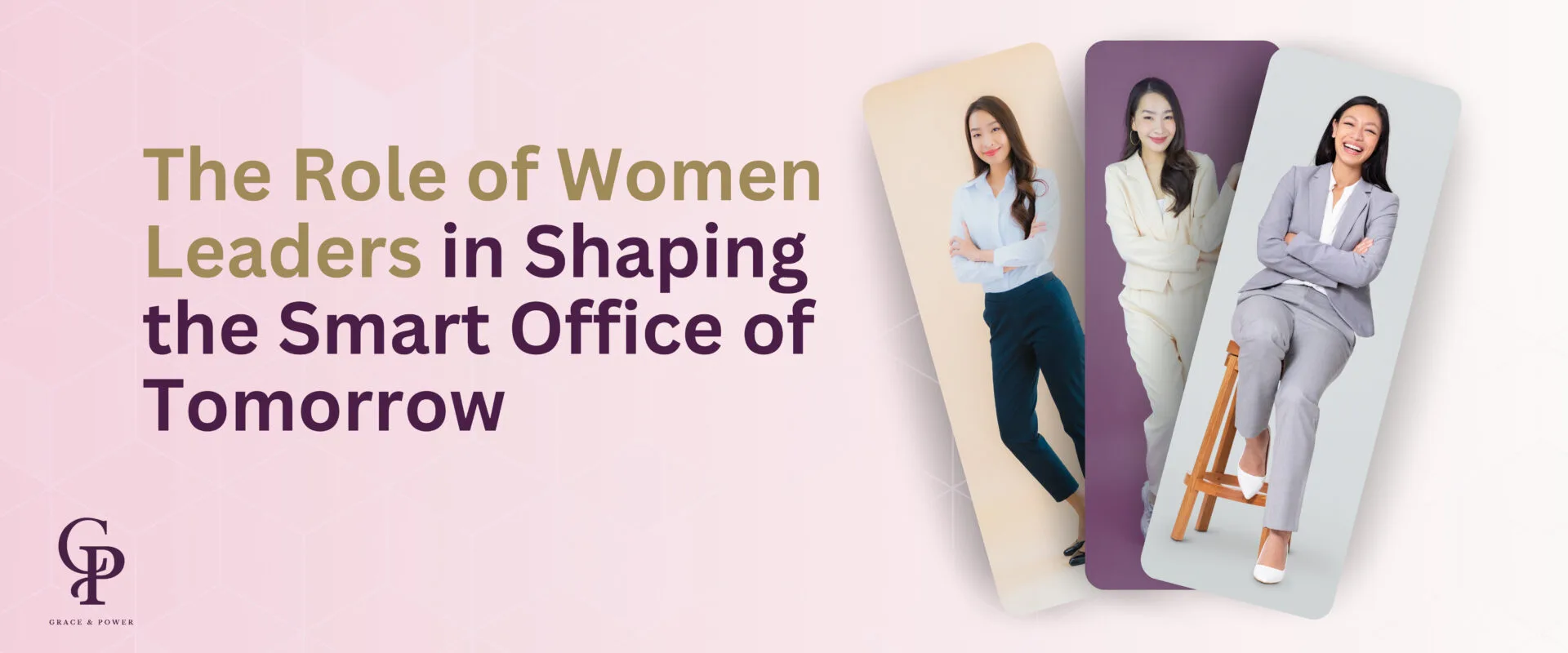Smart offices are evolving beyond high-tech amenities and automation—they’re becoming adaptive environments that foster well-being, inclusion, and strategic impact. At the heart of this transformation is a powerful force: women leaders. With their ability to blend digital innovation with human-centric leadership, they are designing smart workplaces that are not just productive, but purpose-driven.
In fact, organizations with women in executive roles are 21% more likely to be more profitable. That’s not a coincidence. It’s evidence of the strategic advantage that diverse leadership brings—especially in digitally transforming workspaces.
So what exactly is the role of women leaders in shaping the smart office of tomorrow? Let’s take a closer look.
1. Tech-Driven Perspective with a Human Lens
Women leaders are reimagining the smart office by integrating technology with empathy and inclusion. They bring multidimensional thinking—recognizing that innovation should not only solve technical problems but address real human needs.
This perspective ensures that smart office initiatives consider different roles, working styles, and comfort levels with tech adoption. By asking how technology supports—not replaces—people, women leaders champion a workplace that elevates both performance and experience.
2. Inclusive Design as a Leadership Principle
Inclusive design isn’t just a product feature—it’s a leadership mindset. Women leaders are embedding inclusion into the DNA of the digital workplace. This means designing environments where technology adapts to people, not the other way around.
Whether that’s advocating for intuitive digital platforms, supporting neurodiverse and remote teams, or ensuring accessibility across every touchpoint, women leaders are redefining what it means to be smart: thoughtful, adaptive, and user-focused.
3. Digital Wellness & Work-Life Harmony
In an “always-on” world, women leaders are setting boundaries by example. They know that sustainable performance depends on emotional resilience and mental well-being.
By leveraging smart office technology to promote flexibility—like asynchronous collaboration, hybrid models, and personalized schedules—they’re giving employees space to work in ways that suit their lives. Crucially, they also promote healthy digital habits: logging off after hours, encouraging screen breaks, and protecting time for deep work and rest.
This leadership helps teams move from burnout to balance—using tech to recharge, not deplete.
4. Championing Digital Literacy & Change Readiness
Smart offices are only as effective as the people empowered to use them. Women leaders play a key role in demystifying digital tools, closing skill gaps, and cultivating a learning culture.
By investing in digital literacy—from onboarding to upskilling—they prepare teams not just to survive change, but to lead it. Their inclusive approach to training ensures no one is left behind, and their focus on psychological safety encourages curiosity, experimentation, and adaptability.
Women leaders don’t just deploy technology; they mobilize people to adopt it confidently and meaningfully.
5. Driving Innovation with Purpose
Women leaders excel at aligning digital transformation with broader organizational values—such as sustainability, equity, and community impact.
They use smart office design as a canvas for ethical leadership: deploying energy-efficient technologies, rethinking commuting through hybrid models, and choosing suppliers and platforms that reflect ESG commitments.
Beyond that, they forge partnerships that promote social responsibility—supporting education, access, and inclusion. Innovation becomes not just a competitive edge, but a mechanism for long-term societal good.
Designing a Future that Works—for Everyone
The smart office of tomorrow isn’t just about AI, automation, or sensor-filled workspaces. It’s about designing systems that reflect how we want to live, work, and lead.
Women leaders are at the forefront of this evolution—not by following blueprints, but by creating them. They are rethinking the future of work through a lens of empathy, strategy, and digital fluency. Their impact is shaping environments where people can thrive—with technology that understands and enhances the human experience.
In doing so, they’re not just leading digital transformation. They’re humanizing it.







